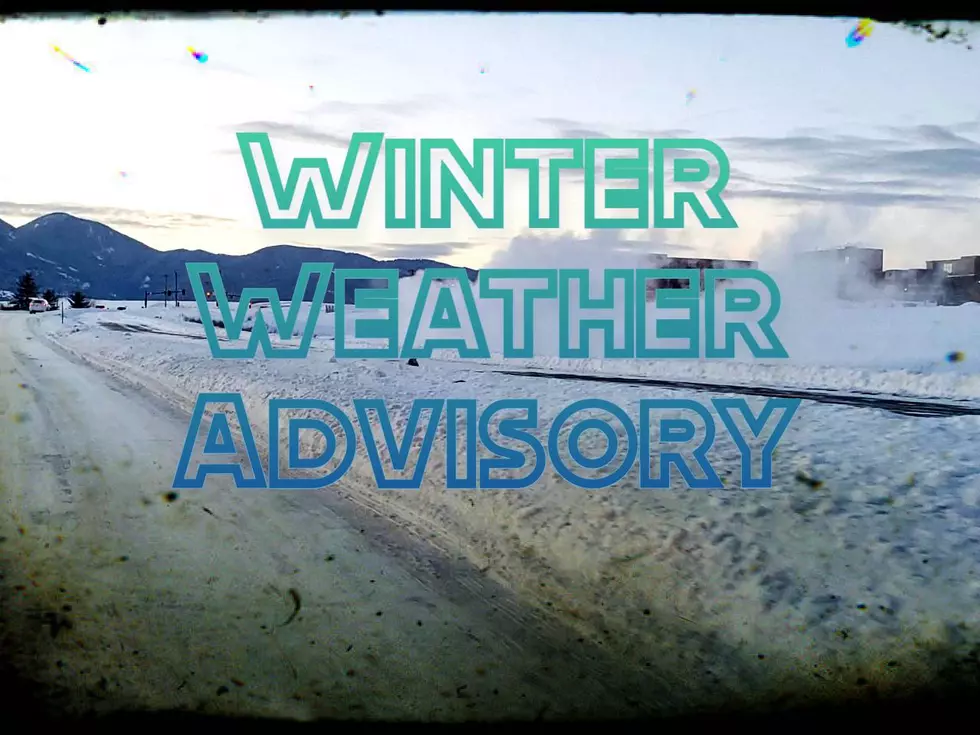
4″ Snow for Bozeman, Helena, Great Falls by Wednesday
Much of Montana will experience gusty winds and up to 4 inches of fresh snow by Wednesday afternoon. It's not a ton of snow, but travel and visibility could get difficult during this advisory.
There are also a few High Wind Advisories for the northern part of the state with wind gusts expected up to 75 mph, but those are expected to expire by Tuesday morning.
According to the National Weather Service:
- WINTER WEATHER ADVISORY IN EFFECT FROM 3 AM TUESDAY TO 3 PM MST WEDNESDAY.
- WHAT...Snow expected. Total snow accumulations up to 4 inches.
- Winds gusting as high as 35 mph.
- WHERE...Meagher, Broadwater, Gallatin, Jefferson and Central and Southern Lewis and Clark Counties.
- WHEN...From 3 AM Tuesday to 3 PM Wednesday.
- IMPACTS...Plan on slippery road conditions. The hazardous conditions could impact the Tuesday morning and evening commutes.
- Slow down and use caution while traveling.
- The latest road conditions can be obtained by calling 5-1-1.
- Cold Air Advisory for Newborn Livestock.
Several counties are included in this Winter Weather Advisory. In an unusual look, the Advisories are all calling for the same amount of snow to fall and wind gusts of 30 to 40 mph. That amount of snow combined with the gusty winds may make for occasional dangerous travel conditions so check the weather conditions frequently.

If you're going to be traveling during this time period, make sure to cover all your safety basics: Keep the gas tank full. Make sure your tires are in good shape. Check the health of your windshield wipers and your washer fluid levels. (That's one of the most CRUCIAL safety checks you can do with snow and wind in the forecast.)
LOOK: The most expensive weather and climate disasters in recent decades
More From 100.7 KXLB









